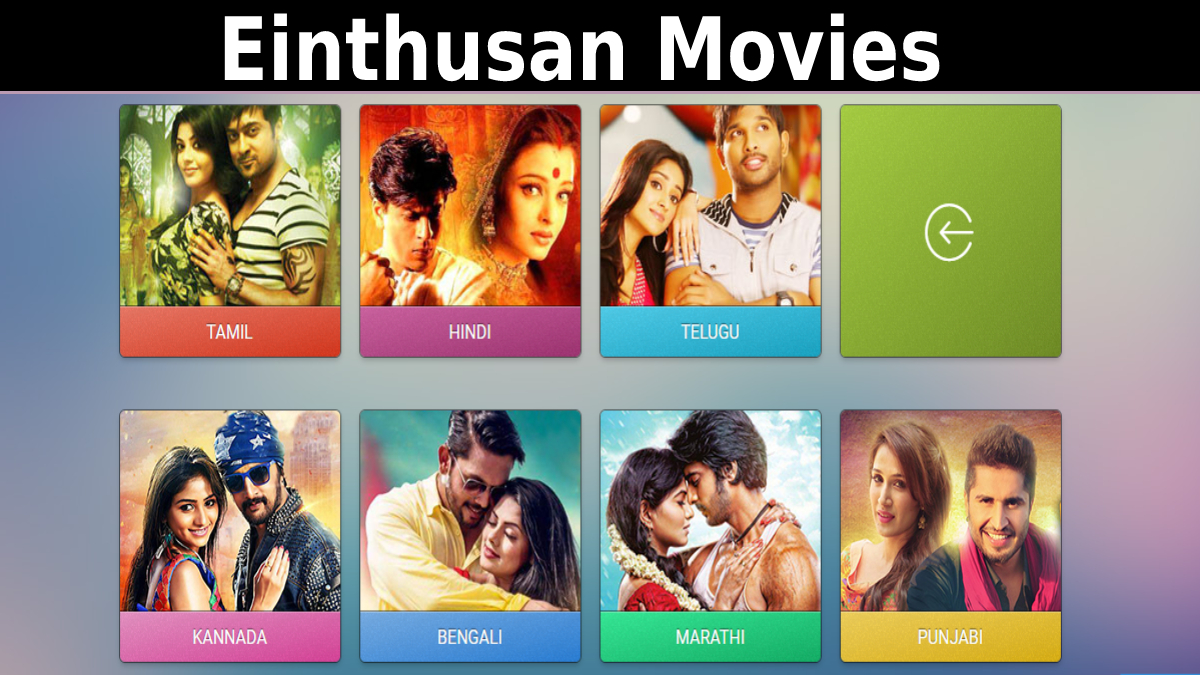Are you looking for new HR software? Not sure which one is right for your company? Look no further! Here is a checklist to help you select the perfect HR software for your organization:
1. Determine your needs. What features are you looking for in HR software? Make a list of must-haves and nice-to-haves.
2. Research your options. Once you know what you’re looking for, it’s time to start researching your options. Read reviews, compare features, and get pricing information.
3. Free trial. Most HR software vendors offer free trials of their product. Take advantage of this and test out the software to see if it meets your needs.
4. Get input from users. Once you’ve narrowed down your options, get input from the people who will be using the software on a daily basis – your employees! Ask them what they think of the software and if it meets their needs.
Defining your needs
The first step is evaluating your needs and requirements. Do you want a system that can help with payroll, attendance, and performance management? Do you need a tool that will make it easier to hire new employees?
Think about what you need from an HR system and make a list of features that are essential for your business. Once you have your list, you can start looking for software that meets your needs.
There are a few things to keep in mind when you’re evaluating HR software:
Ease of use: You want a system that is easy to use and navigate. Make sure the interface is simple and intuitive.
Reporting: Look for a system that offers robust reporting capabilities. You should be able to generate reports on everything from payroll to employee performance.
Integrations: It’s important to find an HR system that integrates with other business applications. This will make it easier to manage your data and avoid duplicate entries.
Pricing: Make sure you understand the pricing model before you commit to any software. Some systems charge per user while others have a flat monthly fee.
Researching your options
When it comes to choosing HR software for your business, there’s no one-size-fits-all solution. The best system for your organization will depend on a number of factors, including the size of your company, the industry you’re in, and your specific HR needs.
To find the right HR software for your business, start by doing some research and creating a shortlist of potential vendors. Once you’ve narrowed down your options, it’s important to assess each system carefully to make sure it’s a good fit for your company.
Here are some things to keep in mind as you research and compare HR software vendors:
Company size: One of the first things to consider when choosing HR software is the size of your company. Small businesses have different HR needs than large enterprises, so it’s important to find a system that’s designed specifically for businesses like yours.
Industry: The HR needs of companies in different industries can vary greatly. If you work in a regulated industry, for example, you may need HR software with built-in compliance features.
Budget: Another important consideration when choosing HR software is cost. Make sure to get quotes from multiple vendors and compare pricing before making a final decision.
Deployment model: When it comes to deploying HR software, you have two main options: on-premise or cloud-based. On-premise systems are installed on your own servers, while cloud-based systems are hosted by the vendor and accessed via the internet. Each option has its own advantages and disadvantages, so choose the deployment model that makes the most sense for your business.
Functionality: When comparing HR software systems, be sure to pay attention to features and functionality. Does the system have all the features you need? Is it easy to use? Does it integrate with other systems? Make sure to get demos from each vendor so you can see the software in action before making a final decision.
Comparing features
When you narrow your options down to a handful of HR software vendors, it’s time to start digging into the features each solution offers. The first step is to create a master list of must-have features that your company requires. Once you have that list, you can start evaluating each software solution to see how well it meets your needs.
To give you an idea of what kind of features to look for, we’ve compiled a list of must-have HR software features below. Keep in mind that this is just a starting point — you may have unique needs that should be added to the list.
- applicant tracking
- onboarding
- performance management
- time and attendance tracking
- benefits administration
- payroll integration
- compliance reporting
Pricing
Pricing is one of the main criteria to consider when selecting HR software. You need to make sure that the price is within your budget and that it offers the features you need.
There are a few different pricing models for HR software:
Per-user: This pricing model charges a flat fee per user, per month. This is a good option if you have a small team or if you only need a few features.
Pay as you go: This pricing model charges you based on the number of employees you have and the features you use. This is a good option if you have a large team or if you need a lot of features.
One-time fee: This pricing model charges a one-time fee for the software. This is a good option if you don’t need all the bells and whistles and if you want to avoid monthly fees.
User reviews
Before delving into a comparison of the best HR software on the market, it’s important to understand how different HR systems are evaluated. The three most important criteria for comparing HR systems are user reviews, functionality, and price.
User reviews should be given significant weight in your decision making process because they offer first-hand accounts of what it’s like to use the software on a day-to-day basis. The best way to research user reviews is to read independent third-party reviews, like those from Capterra, as well as the user reviews left on the vendor’s website.
In terms of functionality, you should prioritize the features that are most important to your organization. For example, if you have a remote workforce, you’ll want to make sure the HR system you select has a robust time and attendance tracking module. On the other hand, if you have a front-line workforce that’s constantly changing roles or working odd hours, you might prioritize an HR system with robust performance management features.
Finally, price is always an important consideration when selecting any business software. The good news is that there are HR systems available at a wide range of price points, from free and open-source options to enterprise-level solutions that cost thousands of dollars per year. To get an idea of how much you can expect to spend on an HR system, check out our guide to HR software pricing.








